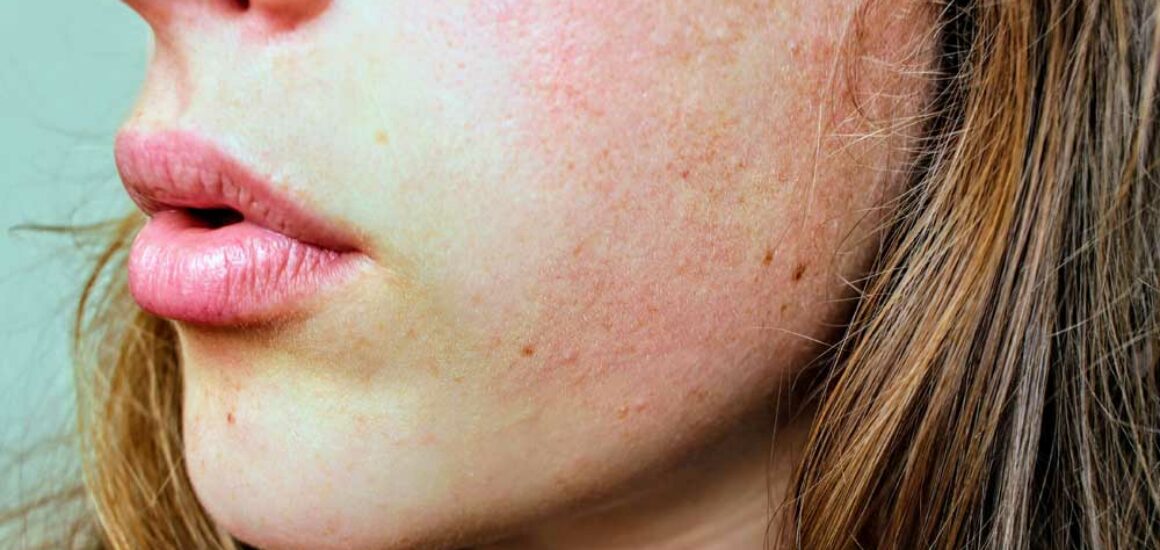Important Post-Acne Treatments
So you’ve gotten your acne under control; no more breakouts and no more rogue pimples showing up. What next? Well acne can leave your face with blemishes, and dark or purple spots. The difference between normal blemishes and the ones that appear due to acne is that some normal blemishes like scars are raised or indented, while these hyperpigmented spots left behind by acne are flat. This condition is called Post-Inflammatory Hyperpigmentation. There are treatments that your dermatologist can recommend to eliminate the dark purple spots and blemishes that come after acne breakouts. Here are some of the most effective:
Applying Sunscreens – Yes, those blemishes will eventually fade away without any intervention, but it takes a long time – an average of about two years. Because these spots and blemishes are caused by increased production of melanin, it’s very important that you apply sunscreen throughout the day to prevent further damage to your skin. To supplement this, you can also wear proper clothing to protect yourself from the sun during the day, like hats and clothes that offer proper coverage and breathability.
Exfoliation – This speeds up the time for your skin to clear up. When you exfoliate, you are shedding the top layers of your skin, exposing clearer and younger-looking layers underneath. Your dermatologist can decide whether you need chemical exfoliation using peels, or if you require a mechanical tool that strips away the top-most layers of your skin.
Retinoids – These are dermatologist-prescribed medication to supplement the shedding of your skin, and also helps reduce instances of acne breakouts by removing the dead cells that can eventually clog your pores. Not only that, retinoids also improves your skin’s oil production and maintains the bacteria that can cause acne and inflammation.
If you have Post-Inflammatory Hyperpigmentation, you should give your dermatologist a call for assessment and treatment. Your skin will thank you.




